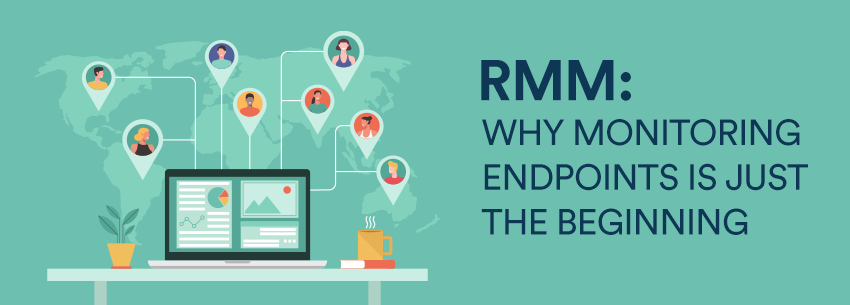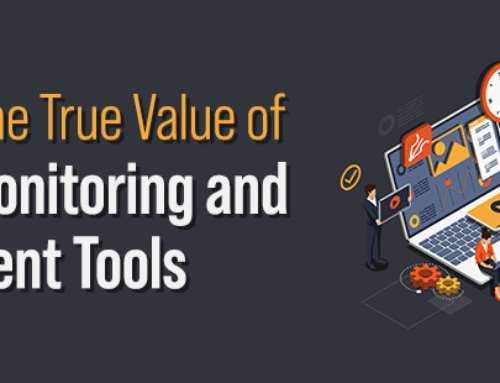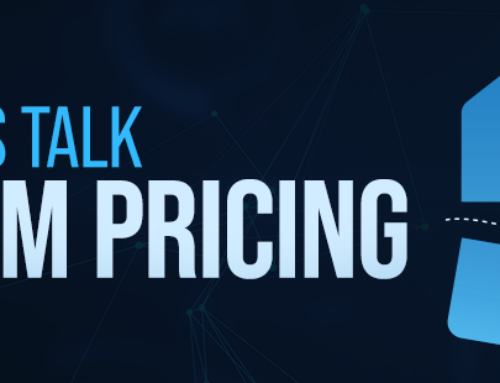Remote monitoring and management (RMM) tools are one of the MSP’s cornerstone technology tools. In particular, an RMM tool helps an MSP monitor and manage all the many devices across their customers’ environments.
However, it doesn’t end there. RMM can provide many benefits to an MSP beyond just monitoring endpoints. Those business leaders who tap into that potential can realize the actual value of the solution, both for their own company and their clients.
Here are a few of those capabilities to consider:
Ticketing for smooth operations.
One of the most basic additional functions is the RMM’s ticketing system, which allows agents or client employees to flag any potential issues that need fixing. From there, an MSP can build an operational process to address that ticket and triage it against other potential issues it’s working to correct. Through this, an MSP can help organize its workflows and ensure a clear delineation of responsibilities for its employees.
Enhanced analytics and reporting.
In addition to ticketing, an MSP can leverage the RMM system for analytics and reporting, not only on what tickets it has completed and how quickly it completed them, but also statistics on the health of customer networks, uptime, overall device health, and other functions. This reporting data is an important element of how an MSP can report to customers the value it’s providing.
Protecting clients from cyber threats.
RMM tools can also provide additional functionality that an MSP can deliver to its clients. For instance, many RMM tools today include specific cybersecurity capabilities that an MSP can deliver to clients, ensuring they’re better protected from the latest cyber threats. This can consist of essential functions such as patching, as well as more advanced capabilities like endpoint detection and response, threat hunting, password security, and more, depending on the capabilities of the specific RMM tool. These functions are more important than ever in today’s landscape as cybersecurity threats continue to rise to new record levels.
Automation of routine tasks.
Finally, an MSP should look to leverage the automation capabilities available within an RMM tool. For instance, an RMM tool can often be used to automate some of the more routine, mundane tasks that an MSP might face, such as patching, inventory updates, and other tasks. In doing this, an MSP can free up its valuable staff to focus on more complicated or strategic projects for clients and help ensure more efficient use of their time from a cost-management perspective.
These are just a few examples of the many functionalities available to an MSP through an RMM tool. An MSP should leverage its relevant capabilities and ensure its current RMM tool provides all the features and functionalities needed to run a successful business.
With the right tools, anything is possible.




